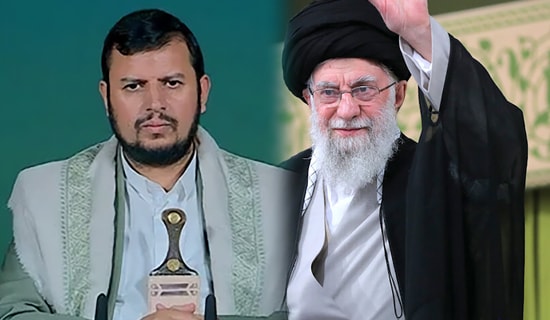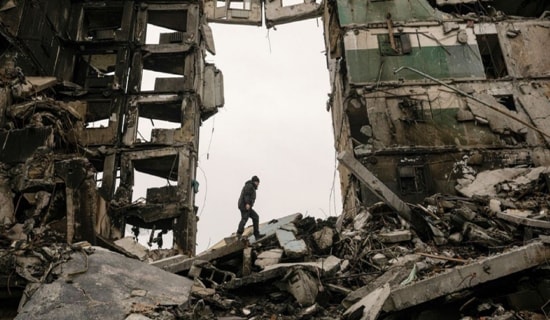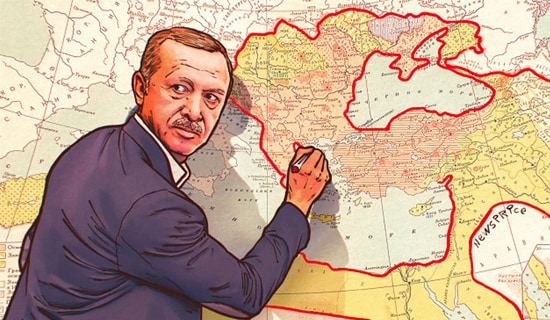The Ba’th regime, which imposed its nefarious and repressive ideology upon Iraq for forty years. During this sad epoch in the country’s history, Iraq went from a relatively prosperous country with enormous natural resources, good infrastructure, and a well-performing education and healthcare system, to a country with a shattered economy, disintegrating infrastructure, failing education and healthcare system, a heavy debt burden, political isolation, food shortages, and turned finally into a society torn asunder by internal political conflicts.
We can’t comprehend the damage wrought upon Iraq and its economy by Saddam's regime. Data on any aspect of the economy, including the national budget, was top secret. Revelations of state economic secrets were severely punished. When a government hides economic data from public scrutiny, we may infer that there are reasons for it doing so; governments never fail to blow their trumpets when there is a good story to tell.
By the time the country was invaded in April 2003, the national economy was being held up by a thread, and the people were sustained by what later proved to be a corrupt and inefficient "Oil-for-Food-Program," administered by an equally corrupt and inefficient United Nations bureaucracy [the U.N. administrator of the program is a fugitive for taking bribes].
The Invasion-Euphoria and Despair
The invasion of Iraq ushered in a short period of euphoria. The country witnessed unprecedented political freedoms coupled with profound macroeconomic and policy changes-open borders for unrestricted trade (and eventually unrestricted flow of terrorists), the lifting of controls over foreign currency, the coming back to life with goods and shoppers in the famous Baghdadi bazaars, and, above all, an economic transition from a centrally planned economy to a diversified market economy.
Regrettably, the euphoria of liberation soon gave way to despair. Personal liberties and economic progress were quickly dashed by acts of violence, some locally engineered but most imported through the courtesy of neighboring countries, which viewed a free and democratic Iraq at their doorstep as not just an anathema, but as a strategic threat.
Abatement of Violence
Almost five years since the invasion and the political turbulence that followed, Iraq is beginning to show tentative signs of political stability and reconciliation, improved internal security (more precisely, reduction in violence), and economic recovery from a conflict- to a post-conflict environment.
Despite these accomplishments, there remain many problems that will continue to impede progress, some of them in the most serious manner. These problems include a fractured political system, sectarian policies, a damaging role by various militias associated with political parties in government, a high rate of unemployment, power shortages, corruption at all levels of government, demoralized bureaucracy, enormous poverty, and a very large segment of the population either internally displaced or living across borders, primarily in Syria and Jordan. While the list of problems is, no doubt, much longer, there are nonetheless reasons for a measure of optimism.
Measure of Optimism
First, the command economy was dismantled, and private initiative is emerging. A stock market operates three days a week, and 45 banks and companies are listed and traded by Iraqis and, since last August, by foreigners as well. The economy is growing. According to the IMF, the Iraqi economy is projected to grow at 7% in 2008 after a somewhat anemic growth in 2007.
Second, foreign currency reserves are rising and so is the Iraqi legal tender, the dinar, which now trades at about 1,200 to the dollar, after trading at 2,000 or more dinars to the dollar before the invasion. More importantly, it is a convertible currency. The central bank auctions dollars regularly to meet market demand without any restriction.
Third, oil production is increasing. Oil export has recently reached the pre-invasion level of 1.8 million barrels per day, and the ministry of oil forecasts an export level of 2.0-2.1 million b/d by the end of the year. Subsidy on oil products, other than kerosene, used for cooking and lighting, has been abolished. Private fuel imports have been liberalized, and many of the long lines for gasoline are gone. Efforts are under way to expand and upgrade existing refineries in Iraq, which will ensure fuel supplies to power broad economic growth.
Fourth, inflation has been brought under control, thanks to the tightening of monetary policy and the appreciation of the dinar-along with the maintenance of fiscal discipline and measures to reduce fuel shortages.
Conclusion
This is by no means a complete picture, but it is a picture that gives rise to a restrained optimism. If violence continues to recede, and if the political leaders in Iraq resolve their sectarian disagreements in a practical, if not necessarily amicable, way, there is a good chance that the Iraqi economy will begin to reach its potential which, by all reckoning, is quite considerable.
*Dr. Nimrod Raphaeli is the Editor of www.memrieconomicblog.org





